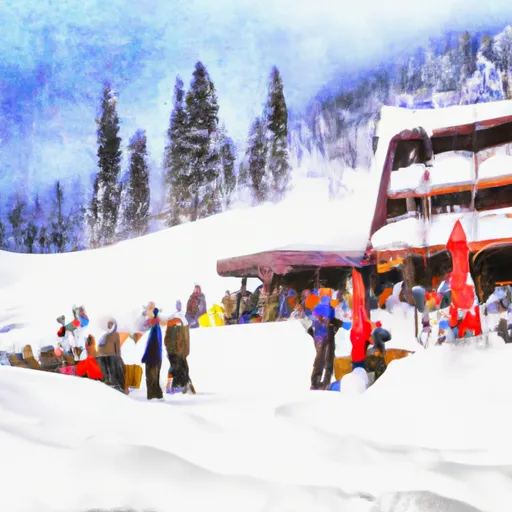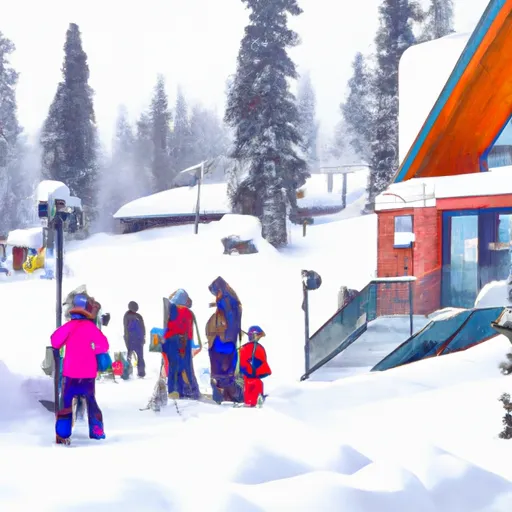WASHINGTON SNOW REPORT
Last Updated: January 2, 2026
Snowpack levels across the state are currently 66% of normal. The deepest snowpack in Washington was last observed at Nohrsc Spruce Springs with a snowpack depth of 137”, about 146% of normal when compared to it's 94" average depth for this time of year.
Washington Snowpack Map
Explore real-time snowpack depths across Washington.
Winter Storm Warnings
January 2 2026
COEUR D'ALENE AREA; SPOKANE AREA
CENTRAL PANHANDLE MOUNTAINS
CENTRAL CHELAN COUNTY; WESTERN CHELAN ...
NORTHERN PANHANDLE; NORTHEAST MOUNTAINS
MOSES LAKE AREA; UPPER COLUMBIA ...
Avalanche Conditions
Washington Ski Area Forecast
Next 5 Days
-
 49 Degrees North Mountain Resort
11"
49 Degrees North Mountain Resort
11"
-
 Badger Mountain Ski Area
1"
Badger Mountain Ski Area
1"
-
 Bluewood
1"
Bluewood
1"
-
 Crystal Mountain Resort
8"
Crystal Mountain Resort
8"
-
 Hurricane Ridge
1"
Hurricane Ridge
1"
-
 Leavenworth Ski Hill
2"
Leavenworth Ski Hill
2"
-
 Loup Loup Ski Bowl
0"
Loup Loup Ski Bowl
0"
-
 Medallion Peak Resort
12"
Medallion Peak Resort
12"
-
 Mission Ridge Ski Area
1"
Mission Ridge Ski Area
1"
-
 Mt. Baker Ski Area
15"
Mt. Baker Ski Area
15"
-
 Mt. Spokane Ski Area
6"
Mt. Spokane Ski Area
6"
-
 Sitzmark Ski Hill
2"
Sitzmark Ski Hill
2"
-
 Stevens Pass Ski Area
8"
Stevens Pass Ski Area
8"
-
 The Summit At Snoqualmie
7"
The Summit At Snoqualmie
7"
-
 White Pass Ski Area
3"
White Pass Ski Area
3"
-
 Yodelin
8"
Yodelin
8"
Washington Snow Report FAQs
How often is this report updated?
Daily from SNOTEL and NOAA sources.
What are snowpack levels in Washington like right now?
Snowpack levels across Washington are approximately 66.0% of normal compared to previous years.
Where is it coldest in Washington right now?
Gold Axe Camp is experiencing frigid temperatures of 27°.
Where in Washington will get the most snowfall this week?
Beaver Pass is expected to receive up to 33" of more snowfall over the next 5 days.
Where is the most snow in Washington today?
Currently at Nohrsc Spruce Springs with 137".
